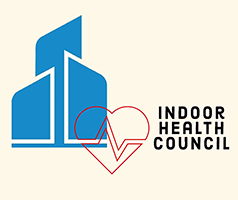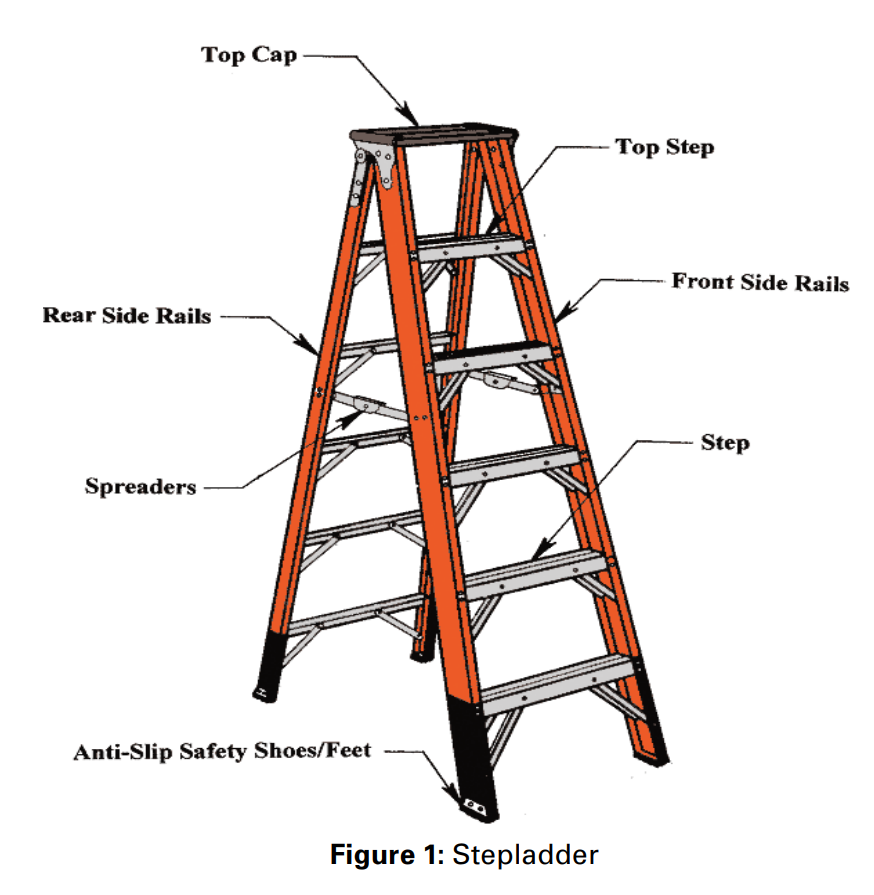Mopping Ergonomics – “Studies Say…”
Dr. Gary Allread, a member of our General Council and Ohio State University ergonomics expert, shared a 2018 study by the Human Factors and Ergonomics Society — “An Overview of Strategies for Reducing Upper Extremity Physical Exposure Associated with Floor Mopping: A Systematic Review” — which was published in their journal, Human Factors, February 2019.
In part, the study provides a research-based overview of mopping-related stresses:
“The prevalence of work-related musculoskeletal disorders (MSDs) is high in the cleaning industry (Chang, Wu, Liu, & Hsu, 2012; Woods & Buckle, 2000). The wrist and the neck-shoulder region are frequently reported areas of pain and discomfort among cleaners (Chang et al., 2012; Woods & Buckle, 2006). These MSDs in the upper extremities can be caused by exposure to physical risk factors, such as posture, repetition, and force (Bernard, 1997; Gallagher & Heberger, 2013). Therefore, efforts to prevent MSD should include mitigation of these occupational risk factors.”
“…Despite developments in cleaning technology, many cleaning tasks are still performed manually.”
“Upper extremity musculoskeletal disorders (UEMSDs) among cleaners exposes a great need for research into the risk factors associated with the most commonly used cleaning methods.”
“Floor mopping is a strenuous cleaning task performed in diverse spaces such as government offices, commercial office buildings, and commercial recreational spaces (Weigall, Simpson, Bell, & Kemp, 2005). A survey of 1,216 cleaners in the United Kingdom reported that 89% of cleaners mop or wipe floors frequently during the day (Woods & Buckle, 2006). Among Swedish cleaners, as much as 70% of working time spent in cleaning offices is devoted to mopping (Hagg et al., 2008).”
“Manual mopping (i.e., use of nonelectric floor mops) is commonly performed by pushing the mop or by using a wiping motion in either a figure-of-eight pattern (i.e., moving the mop in an arc) or in a back-and-forth pattern.”
“Mopping involves repetitive movements, awkward postures of the wrists and arms, as well as high force requirement for the hands (Woods & Buckle, 2006).”
“In the early 2000s, a literature review by Blangsted, Vinzents, and Sogaard (2000) found floor cleaning to be a strenuous work task for shoulder muscles regardless of the method or tool used.”
More research is needed, but methods that reduce the stresses cited above enable professionals to “Clean for Health” starting with their own!




